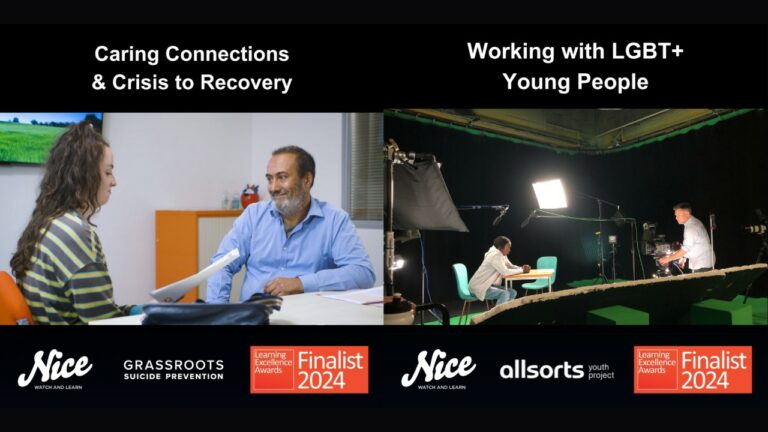Right now there is a vogue for dramatized point-of-view video with branching scenarios, so here are my thoughts on the form’s strengths and weakness.
Breaking it down
The films I’m thinking of, such as the Deloitte values video Will You Fit Into Deloitte consist of interactive branching scenarios combined with point-of-view (POV) camerawork.
I don’t want to say much about the interactive bit: it’s well-known that an interactive element can improve engagement and retention of learning. What I’m interested in is why a point-of-view approach is chosen. There’s a popular misconception that because the camera is literally in the point-of-view of the learner this makes the video more immersive.
Point-of-view in film
Who doesn’t enjoy relaxing by getting immersed in a well-made Hollywood drama? I can lay on my sofa and lose myself in an HBO series or an old Hitchcock. Movies, like novels have a point of view. And like novels they can hop from first person or third person, switching points of view. But when we watch a movie it’s rare that we notice. This is one of the hidden skills of the filmmaker. And if the technique isn’t hidden it isn’t working.
There are a few feature films in which the viewer/camera is put in the position of the protagonist. The 1947 adaptation of Raymond Chandler’s The Lady in the Lake is one example. Such films are rarely well received, if they were we’d be more familiar with them. This is because the technique draws attention to itself. You’re aware that what you’re watching is all a fake and not a lovely dream.
People are sometimes inspired to produce learning videos using this POV technique based on the rationale that if you are looking through the eyes of the protagonist, that person can be of any race, age or sex. Apart from little problems such as the character’s hands coming into shot, I think this approach underestimates the learner’s ability to empathise with a character regardless of how that character differs from himself or herself. Popular film drama shows us the world through the eyes of criminals and of cops, of slaves and of the rich and powerful, and allows us to empathise with any one of these characters. How diverse is that?
Peep Show and Brecht
Of course, point-of-view drama has got to be good for something, so let’s dig a little deeper.
The TV series Peep Show often comes up in this conversation. The Peep Show style of direction has more or less the form of a standard drama, but twisted so that pretty much every shot is literally from the point of view of one of the characters. There’s also the voice-over thoughts of the characters. What might be a weakness is another context is a strength here. You don’t want to be too emotionally immersed in comedy drama because comedy is criticism. Stand back and laugh.
The great dramatist Bertolt Brecht developed a set of “alienation” techniques to tell a tale while reminding us that his play was just a story. He didn’t want to purge his audience’s emotions but to wake them up and to communicate ideas. He avoided immersion to make us think.
In learning it’s useful to be able to get people to engage while standing back from the content and thinking actively. So literal point of view filming is good for fun stories, and superficial stories, even profound stories, but not deeply immersive ones.
Examples
Returning to the example of the Deloitte values film – Will You Fit Into Deloitte – the subject is treated with a light touch and the wrong routes all lead to light-hearted and humorous consequences. It’s lightweight dramatized comedy. Another success is the interactive Knife Crime video Choose a Different Ending. This uses alienation in a different way. In a fight your empathic sense is turned down according to your engagement. Here alienation technique mimics that feeling and enhances your antagonistic responses to the others in the drama. Both films are self-conscious viewing that keep you engaged and while making you think.
Summary
What are the key points we can gather about Interactive POV Drama?
It has 2 elements:
- branching & interactive
- filmed through the eyes of the protagonist
POV drama uses the alienation effect. Our awareness of the technique invites us to think before we feel.
Humour works well because when we are not immersed we are in a better position to laugh.
Literal point-of-view filming is not the best way to create psychologically immersive, empathic drama. Standard drama techniques do this better.







